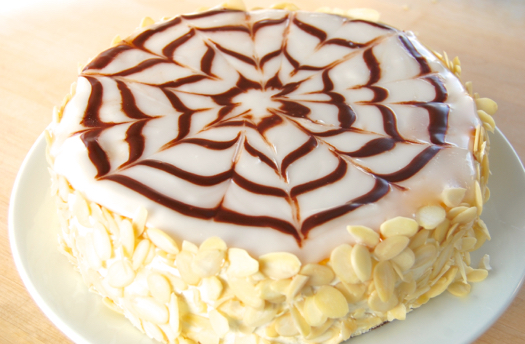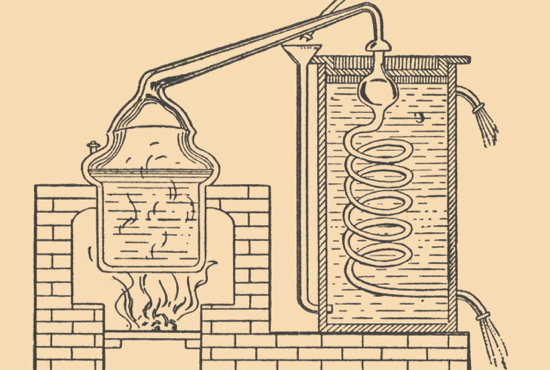
Very early on in the evolution of joepastry.com I noticed something odd about baking and pastry history. Specifically that much of it led back to the same event in European history: the Battle of Vienna in 1683. The development of this bread can be traced back to the Battle of Vienna in 1683. I seemed to find lines like that everywhere. This pastry originated at the Battle of Vienna in 1683. Food historians trace the croissant, brioche, bagels, kipfel, rugelach (and undoubtedly many others) back to it. It’s the reason I came to call the Battle of Vienna the most baking-intensive conflict in the history of man.
So what exactly was the Battle of Vienna of 1683? Though most people today aren’t familiar with it, it was quite possibly the critical battle in early modern European history. It was the point at which the Ottoman Turks — who at the time seemed poised overrun northern Europe and in the process extinguish centuries of European tradition, Christian rule, the Westphalian nation state system and emerging concepts of individual rights and democracy — were routed by a combined army of Habsburgs and Poles. As I said we don’t think much about the battle now, but at the time it was considered, you know, important.
READ ON



